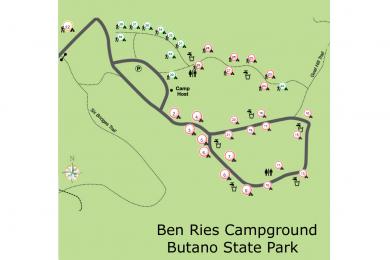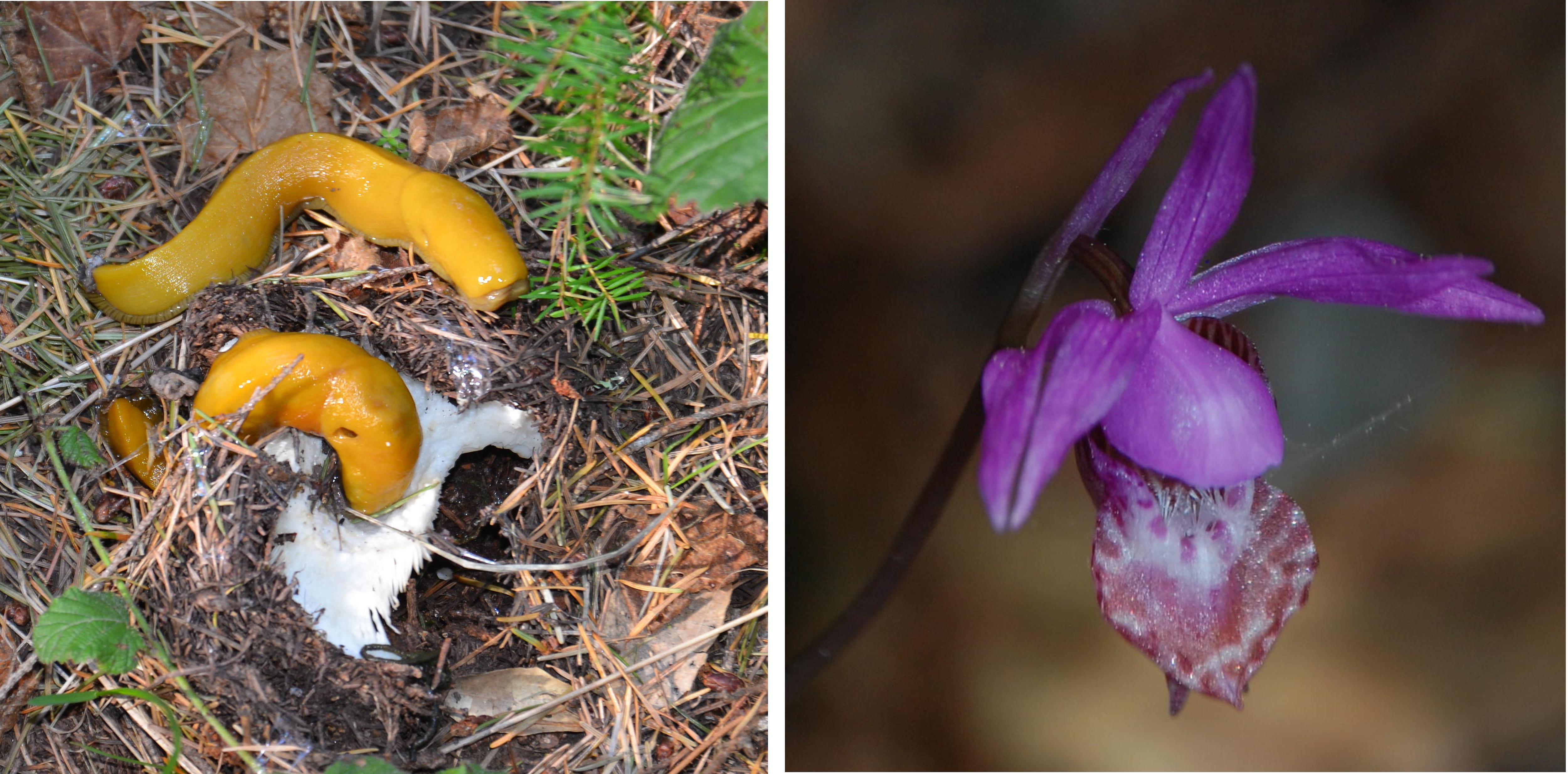The ocean to the west sends cooling fogs and salt-laden winds and rains into the canyons of the park giving the towering coast redwood and Douglas-fir forest the necessary water throughout the year. When clouds and fog are absent, the sun bakes the hills, especially south-facing slopes covered with knobcone pine and chaparral. The mountainous watershed of Little Butano Creek also sets a dramatic context for the park.
Butano State Park was established in 1957 to further protect California’s native coast redwood habitat as well as provide recreational opportunities for the state’s growing population. The park preserves an environmentally diverse segment of the California coastal landscape.
The developed areas of the park provide camping and visitors' facilities that are comfortable areas for relaxation. The park’s main campground and campfire center are located within a redwood forest where visitors experience the quiet strength of the ancient trees and the plant and animal species beneath them.
Hikers may explore the park on trails that lead up a canyon following Little Butano Creek, or up to the ridges of the mountains above, where the slopes are drier and support chaparral and pines. From the eastern highlands, hikers experience expansive vistas of the rolling terrain below and the ocean in the distance.


